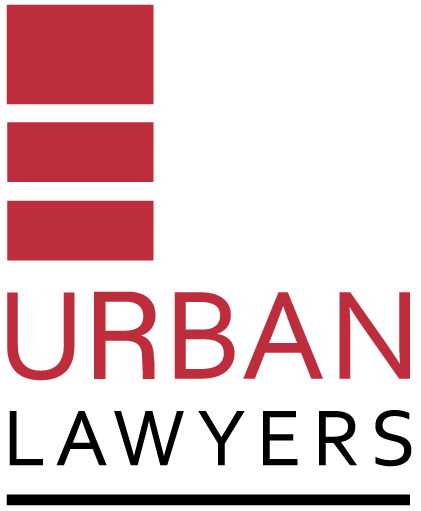New Combustible Cladding Regulations In Victoria
The tragic building fires in the Lacrosse Building of Melbourne in 2014, the Marina Torch Tower of Dubai in 2015 and the Greenfell Tower of London in 2017 have sparked international safety concerns regarding the use of combustible cladding in construction of buildings, homes and places of public assembly. In the wake of these tragedies, the Victorian state government established the Victorian Cladding Taskforce in 2017 to investigate and address the use of non-compliant external cladding in buildings state-wide.
In line with its New South Wales and Queensland counterparts, the Victorian parliament has recently enacted legislative amendments in the Building Amendment (Registration of Building Trades and Other Matters) Act 2018 (‘Act’), responding, amongst other things, to the cladding issues faced by many Victorian building owners and occupants.
Key amendments to the Building Act 1993 (Vic) under the Act include:
Expansion of Ministerial powers in the inserted section 192B in the Building Act 1993 (Vic) which enables the Minister to make declarations of prohibited products being used by any person in the course of carrying out building work.
Emergency Orders in section 104(4) of the Building Act 1993 (Vic) which may require owners and builders to arrange for a specified building product or material in a building to be subject to destructive testing and the results provided to the municipal building surveyor.
Building Orders in section 117(7) of the Building Act 1993 which may require owners and builders to arrange for a specified building product or material in a building to be subject to destructive testing and the results provided to the relevant building surveyor.
Key amendmentS to the Local Government Act 1989 (Vic) under the Act include:
Part 6 of the Act inserts provisions relating to Cladding Rectification Agreements (‘CRA’s’) into Part 8B of the Local Government Act 1989 (Vic). The provision allows Councils to enter into CRA’s in respect of rateable land with an existing building on it, to fund works that rectify cladding on buildings.
A CRA is an agreement between the Council, an owner of rateable land, a lending body and any other person that the parties agree should be a party to the agreement. The CRA will outline the works to be undertaken, provide for the lending body to advance funds to conduct the works, provide for the Council to levy a Cladding Rectification Charge on the rateable land and provide for the Council to use the money received under the cladding rectification charge to repay the lending body.
Through levying a Cladding Rectification Charge, CRA’s will assist building owners to upgrade their buildings to comply with regulations and repay the funds through their council rates over a period of no less than 10 years.
If you would like further information about cladding regulations and the Building Amendment (Registration of Building Trades and Other Matters) Act 2018 (Vic), please contact Urban Lawyers.

